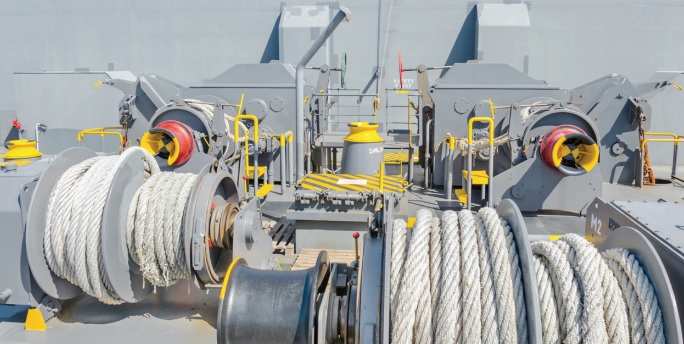Following many incidents due to anchor machinery failures, OCIMF and INTERTANKO recommend measures in an effort to enhance anchor windlass safety. Stellar Voyager incident involving crew injury is a typical example of these failures. UK MAIB report has found that the most likely cause of the catastrophic failure onboard Stellar Voyager was over-pressurisation of the system due to the reversal of the hydraulic motor as the chain rendered.
The most recent related incident occurred in March 2017 resulting also in a serious injury. OCIMF and INTERTANKO cannot estimate how many windlasses remain in service and at risk of a similar failure, therefore they urge the following:
- Understand the design/operating limitations of windlasses fitted. Limiting factors to consider may include current, wind, water depth, and the length/weight of the chain and anchor.
- Be familiar with all manufacturer equipment and operation manuals.
- Be guided by recommendations in the OCIMF publication Anchoring Systems and Procedures, especially section 3.8.1.1 Protection Against Catastrophic Failure.
- Contact the manufacturer(s) of windlasses fitted for further clarification and understanding of design and operating limitations.
- Based on discussions with the windlass manufacturer the ship operator may wish to consider installing protective containment around the hydraulic motor.
- Take note of IACS UR A3 Anchor Windlass Design and Testing, section 3.4 that will be uniformly implemented by IACS from 1 July 2018



























































If only officers on board ships these days had time to read – anything; more importantly, the inclination to read things – such as manufacturers’ manuals that might come across as being boring etc etc…….